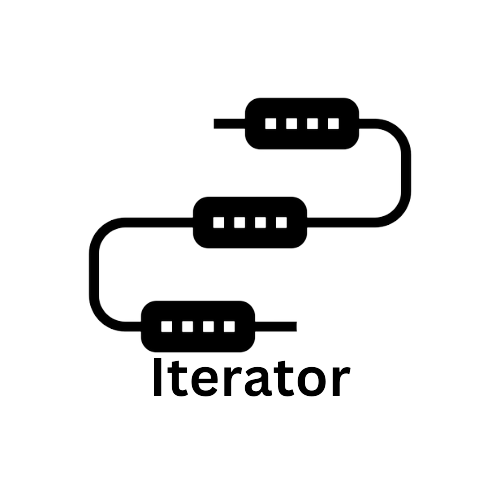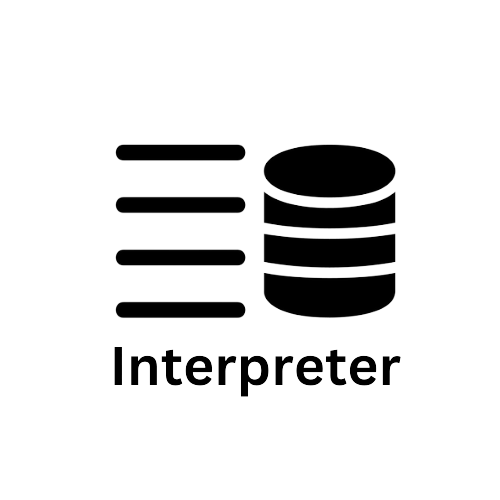Redis: Installation [Docker / Linux / MacOS / Windows]
In this article, we are discussing different installation methods/processes of Redis. First, we are discussing the installation of Redis using Docker. This will work on major operating systems, as docker is available in all common OS. Then we are discussing the installation process on specific operating systems – Linux (Ubuntu), MacOS, and Windows.







